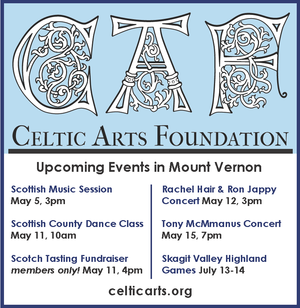Walking Japan's Ancient Nakasendo Way
December 19, 2018

A HISTORIC WALK WITH GREAT MEANING – Day four’s hike starts at the Karasawanotaki Falls up a steep trail over the Jinzo pass where we experienced incredible autumn foliage. The same waterfall was filmed by Tom Winn’s great grandfather and grandfather on their way to Kanazawa. – Photo and text courtesy of Mary Wohleb
As a missionary child, my husband, Tom spent his middle and high school years in foreign schools in Japan.
Fifty-six years ago he embarked on an adventure in his junior year in high school with his Japanese classmate, Komei Kure, to walk the ancient 320 mile Tokaido road.
This year they had a reunion of sorts – to walk another ancient Japanese road.
They decided to work with their classmate’s walking tour company, Walk Japan.
I accompanied four other missionary “kids” and longtime fellow adventurers on this trek.
It was a seven-day, self-guided tour on the Nakasendo way, the ancient trade route that links Kyoto to Edo, now called Tokyo.
Luggage was transported from inn to inn and Walk Japan’s guide booklet directed us through the route.
There are guided versions of the tour that provide deeper context and information.
Our group met up in Kyoto and took the Shinkansen (bullet train) to Ena where the tour commenced the following morning. Ena is home to the Hiroshige Museum of Art. The museum is dedicated to the art of woodblock printing. Here we tried our hand at printing our own versions of some of Hiroshige’s famous works. Our inn in Ena, the Ichikawa Inn, has been run by the family for thirteen generations. We were hosted by members of the last three generations.
The Nakasendo route took us through small hamlets on paved roads and cobblestones; through forests and up and over three mountain passes. Two days we walked over 10 miles; most days were eight miles or less. There were some steep ascents (800-1,000 feet) and descents (3,000 feet); Hiking poles were necessary for some of us.
We had perfect weather for hiking, 55-65 degrees and no rain. It was a bit cooler in the higher elevations. The fall colors were vivid. Had there been rain we would have had to forego some parts, as the trail would have been too slippery. We would have then taken a bus or train to our night’s accommodations.
We stayed in authentic and historic ryokans (inns) some dating back to the 1600s, all with onsens (hot spring baths) and beautifully prepared meals. A typical Japanese breakfast was miso soup, pickled vegetable and salad, egg in some form, fish, rice, dried seaweed and occasionally fruit and green tea or coffee. A typical dinner was soup, pickled vegetables and/or beans, noodles (soba or buckwheat); fresh local vegetables and a variety of seafood or meat and rice. Preparations could be tempura, a hot pot on the table, grilled or raw. Everything was always fresh, local and accompanied by the appropriate sauce.
Many of the ryokans were beautifully restored historic inns with large beamed ceilings, shoji screened rooms and thick futons with down comforters. I must admit that at the first three ryokans, the pillows were traditional rice husk filled blocks. My German genes begged for down filled pillows. All the ryokans were breathtakingly beautiful, historic and the innkeepers were most hospitable. The walking tours have helped revitalize rural communities.
We had so many epic experiences it would be hard to describe them all. Suffice it to say, the best way to experience another culture is to walk in their historical steps. For those who are interested, you can learn more through Walk Japan. https://walkjapan.com. There are other walking tour companies, as well.












Reader Comments(0)